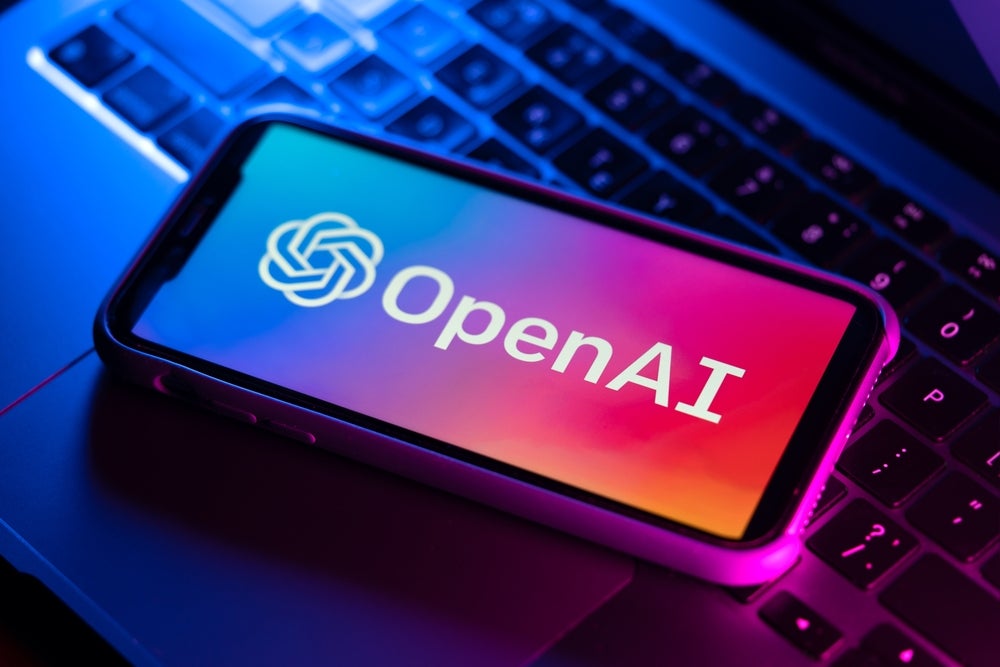OpenAI’s Bold Move: In-House AI Chip Development to Challenge Nvidia’s Dominance
In a remarkable shift that could redefine the artificial intelligence (AI) landscape, OpenAI is set to unveil its own AI chip. This strategic maneuver is designed to reduce the company’s reliance on Nvidia’s technology, which has long dominated the AI hardware market. By stepping into the chip development arena, OpenAI aims not only to bolster its technological independence but also to drive innovation in AI computing.
The Current Landscape: Nvidia’s Stronghold
Nvidia has established itself as a titan in the AI hardware sector, primarily through its powerful Graphics Processing Units (GPUs). These chips have become the cornerstone of machine learning and deep learning applications, powering everything from self-driving cars to sophisticated natural language processing systems. However, this dominance has also made Nvidia a central player in the AI ecosystem, leading to concerns about supply chain vulnerabilities and pricing power.
Recent reports indicate that Nvidia’s GPUs command a significant premium due to their performance capabilities and scarcity. As companies increasingly rely on AI technologies, the demand for Nvidia’s chips has soared, allowing it to maintain a substantial market share. OpenAI’s decision to develop its own chips signals a potential shift in this dynamic.
Why OpenAI is Taking the Leap
OpenAI’s foray into in-house AI chip development can be attributed to several strategic reasons:
- Reducing Dependency: By creating its own hardware, OpenAI reduces its dependency on Nvidia, a crucial step towards greater autonomy in its operations.
- Cost Efficiency: Developing proprietary chips could lower operational costs in the long run. This move may also allow OpenAI to avoid the high prices of third-party GPUs.
- Customization: In-house development enables OpenAI to tailor chips specifically for its unique algorithms and models, potentially enhancing performance and efficiency.
- Driving Innovation: With control over its hardware, OpenAI can innovate faster, integrating advancements in AI research directly into its chip designs.
Potential Impacts on the AI Ecosystem
The introduction of OpenAI’s AI chips could have profound implications for the broader tech ecosystem:
- Increased Competition: OpenAI’s entry into the hardware market may inspire other AI companies to explore similar paths, intensifying competition and fostering innovation.
- Market Dynamics: If successful, OpenAI could disrupt Nvidia’s pricing strategies, leading to a more balanced market with more options for AI developers.
- New Partnerships: OpenAI might seek collaborations with semiconductor manufacturers, drawing on their expertise to enhance its chip designs.
- Broader Accessibility: With potentially lower costs and increased availability of specialized AI chips, smaller companies and startups may gain better access to advanced AI technologies.
Technical Considerations for OpenAI’s Chips
Developing AI chips involves navigating a complex landscape of technical challenges. OpenAI will need to focus on several key areas:
- Architecture: The design of the chip architecture is crucial. OpenAI must decide whether to develop a completely new architecture or modify existing designs to suit its needs.
- Efficiency: Power consumption is a significant factor in chip design. OpenAI’s chips must balance performance with efficiency to be competitive.
- Compatibility: Ensuring that the chips are compatible with a wide range of software and existing frameworks will be vital for adoption.
- Scalability: As AI workloads grow, the chips must be scalable to handle increasing demands without a drop in performance.
The Road Ahead: Challenges and Opportunities
While the prospects of OpenAI’s in-house chip development are exciting, the journey will not be without its challenges. The semiconductor industry is notoriously competitive and capital-intensive. OpenAI will need to invest heavily in research and development to create chips that can rival those of established players like Nvidia and Intel.
Moreover, the rapid pace of AI advancements means that OpenAI must stay ahead of the curve, constantly evolving its chip technology in line with emerging AI trends and requirements. This could involve significant ongoing investment and a willingness to pivot in response to new discoveries in AI methods and techniques.
The Implications for AI Research and Development
OpenAI’s move may also reshape the way AI research is conducted. With proprietary hardware, researchers at OpenAI could experiment with novel algorithms and models that are optimized for their chips, potentially leading to breakthroughs that are currently not feasible on existing hardware.
Additionally, this shift could encourage a more open dialogue within the AI community about hardware-software co-design, where collaboration between hardware manufacturers and AI researchers leads to more efficient and effective AI solutions.
Conclusion: A New Era for OpenAI and AI Hardware
OpenAI’s bold move into in-house AI chip development marks a significant turning point in the tech industry. By challenging Nvidia’s longstanding dominance, OpenAI is not only positioning itself for greater autonomy and cost efficiency but also laying the groundwork for a more competitive and innovative AI hardware landscape.
As the company navigates the complexities of chip development, the tech world watches closely. The success of this initiative could catalyze a new era in AI hardware, one characterized by increased accessibility, enhanced performance, and a more diverse array of options for developers. OpenAI’s journey into chip development is not just a strategic business decision; it’s a visionary step toward a more robust and dynamic future in artificial intelligence.
See more Future Tech Daily

